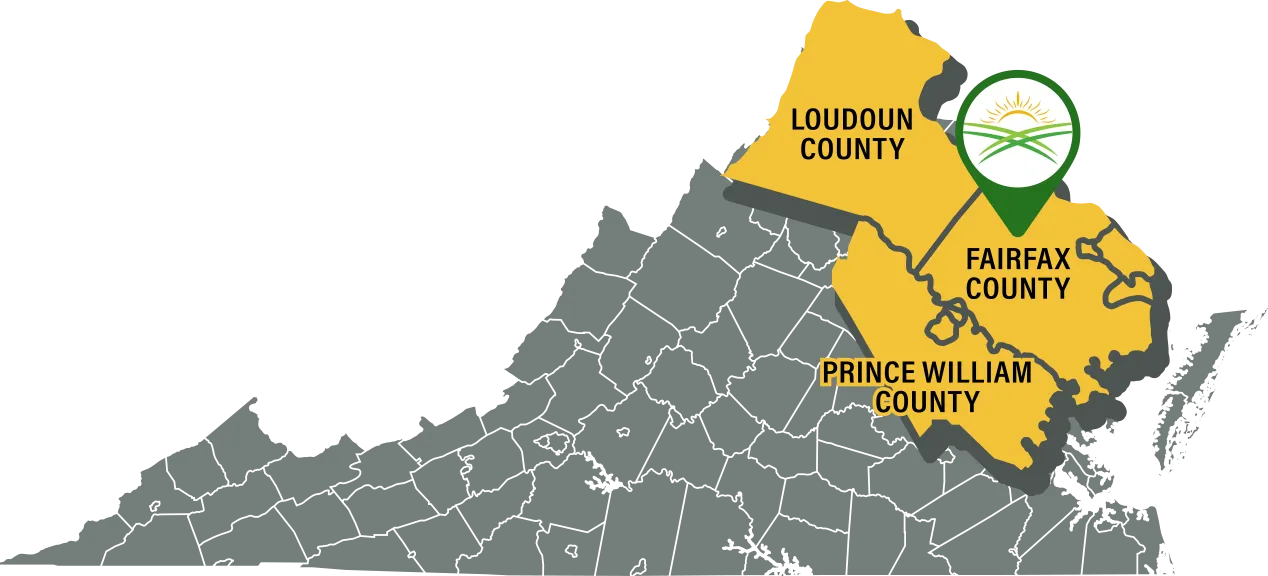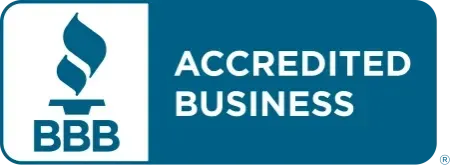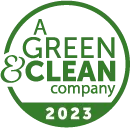
Get Rid of Spotted Lanternflies in Fairfax County
Spotted Lanternfly Control in Fairfax County
The spotted lanternfly is an insect that looks like a moth but actually belongs to a family of insects called leafhoppers. This group of insects is characterized by how they feed by drinking the sap of the plant straight from the trunk and stems like other insects such as aphids and scales.
Common hosts of spotted lanternfly include, but aren’t limited to:
- Maples
- Willows
- Poplars
- Apples and crabapples
- Pines
- Grape Vines
- Tree of heaven
- Stone fruit trees such as cherries, plums, and peaches
What Is a Spotted Lanternfly?
The spotted lanternfly (Lycorma delicatula) is a destructive, invasive pest from Asia that is believed to have come to the United States sometime around 2014. Since arriving in the United States, lanternfly has spread aggressively and can now be found in Pennsylvania, New Jersey, Maryland, Virginia, and New York state. Lanternflies are a significant concern for many landscape trees. State agencies in the listed locations are actively encouraging immediate elimination of the pest to prevent further spread and quarantine measures have been put into place to slow spread as well.
Life Cycle of Spotted Lanternfly
The life cycle of these insects begins in an egg mass that overwinters on the trunks of trees. Egg masses are often covered with a thin mudlike layer of secretions that help them blend into the environment and protect the eggs from the elements. After hatching in May, they go through four growth phases called instars. Around June, they reach adulthood and mate and lay eggs throughout the rest of the summer and early fall. Nymphs are black with white spots after hatching and turn red as they age. The wings of adult lanternfly often carry the same colors and patterns once they reach adulthood.
Knowing the lifecycle of a lanternfly is important to see what control measures work at that point in time.
What Should You Look For And What Can You Do?
From late fall until spring, the best place to look for the mud-like masses on the surfaces of trees in the landscape and the areas surrounding them. Once feeding begins, keep an eye out for sap running down the trunks of the trees. Lanternfly feeds by piercing the trunk with a thick feeding tube to drink the sap directly. Shortly after they begin to feed, honeydew and sooty mold form on surfaces below, turning them black and sticky. The honeydew often attracts ants and wasps that feed on it and could be an easy way to spot it from a distance. Controlling the lanternflies is often the best or only way to get rid of the wasp and ant issues.
What is the Best Way to Remove Spotted Lanternflies?
While many controlled pest control products will stop this pest on contact, residual control is difficult to achieve. Spotted lanternflies can breed in such large numbers that they will repopulate in just a couple of days which requires reapplication. Therefore, it is not recommended to utilize most over-the-counter products to control this pest. Spotted lanternfly populations in New Jersey, Pennsylvania, Delaware, and Maryland should be addressed by professionals like ourselves.
If spotted lanternfly is found in the landscape, please be sure to reach out to your local state agency or extension office to report it even if it is being controlled.
Contact Nuleaf for More Information
Nuleaf offers professional, low-impact controls to get lanternflies in check while minimizing harm to wildlife and beneficial species in the process. If you spot lanternflies or even think you may have seen them, please reach out and we will perform a complimentary inspection as well as develop a game plan to get them under control.
Frequently Asked Questions About Our Service
Are spotted lanternflies active in winter?
Adults die off with the cold, but egg masses remain attached to trees, furniture, and outdoor structures.
What happens during winter service?
Our technicians perform inspections to locate and address egg masses before they hatch in spring.
Why treat in winter if lanternflies aren’t flying around?
Winter is the best chance to break the cycle, making spring populations smaller and easier to control.
Areas We Service in Northern Virginia
We’re proud to serve NOVA and our fellow Virginians by providing science-based, personalized, and customer-centered service. We know we’re being successful when our customers are happy, our environment is healthy, and our communities thrive.












